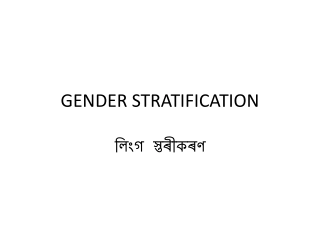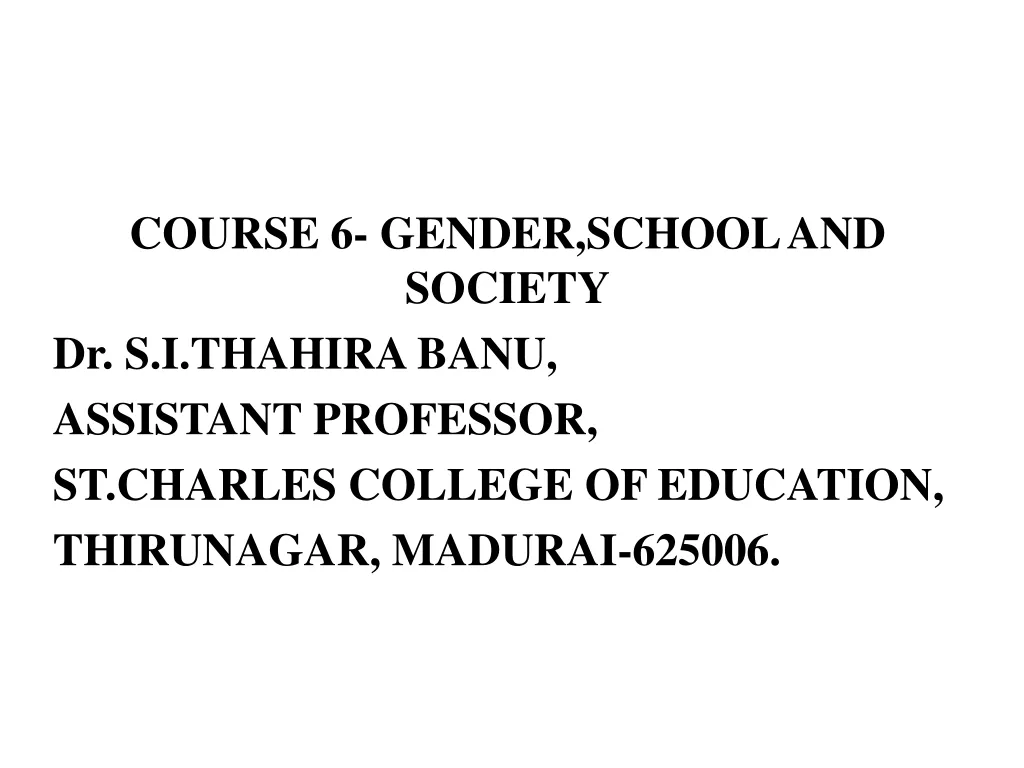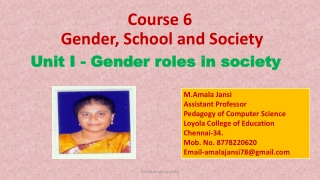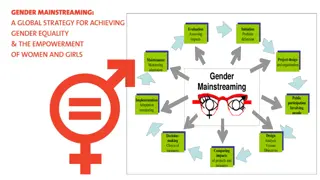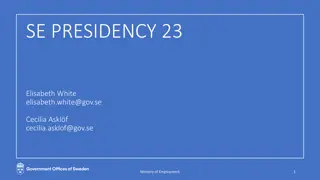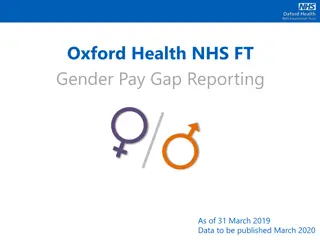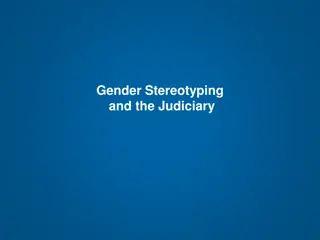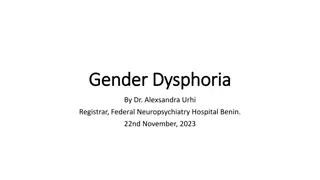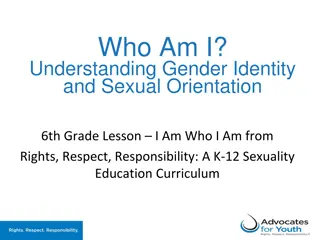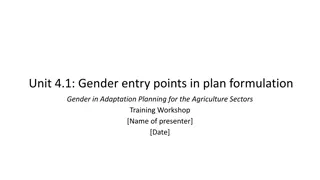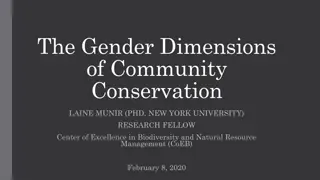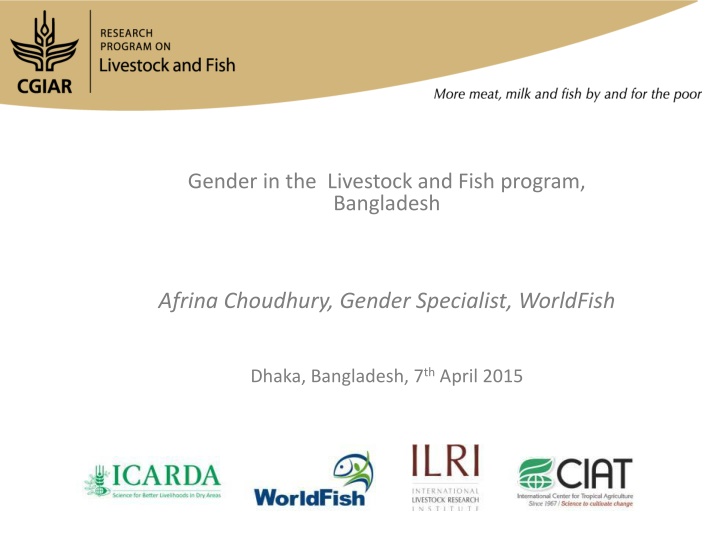
Gender Integration in Livestock and Fish Program Activities and Plans
Explore the Gender Specialist's strategic initiatives and activities integrating gender perspectives in the Livestock and Fish program in Bangladesh. Discover key themes, best bet entry points, capacity development efforts, and outputs from 2014-2016, aimed at advancing gender equality.
Download Presentation

Please find below an Image/Link to download the presentation.
The content on the website is provided AS IS for your information and personal use only. It may not be sold, licensed, or shared on other websites without obtaining consent from the author. If you encounter any issues during the download, it is possible that the publisher has removed the file from their server.
You are allowed to download the files provided on this website for personal or commercial use, subject to the condition that they are used lawfully. All files are the property of their respective owners.
The content on the website is provided AS IS for your information and personal use only. It may not be sold, licensed, or shared on other websites without obtaining consent from the author.
E N D
Presentation Transcript
Gender in the Livestock and Fish program, Bangladesh Afrina Choudhury, Gender Specialist, WorldFish Dhaka, Bangladesh, 7thApril 2015
Gender in L&F is A key cross-cutting theme An area of strategic research in its own right To be embedded in all Flagships; so far integrated into Activities in Flagships 3, 4 and 5
Gender Strategy for Bangladeshs overall Program of Work Capacity Development Capacity Development Action (Applied GTA) (applied GTAs) Best Bet entry points Coalitions & Coalitions & Influence (including partnerships) Coalitions & Influence Influence Evidence & Learning Evidence & Learning
Activities and plans (2014-2015-2016) Test best bet entry points Gender and Value Chains Gender and Nutrition Gendered fish VCA (incl. GTA module being tested in L&F for the first time) Social and Gender Analysis (SGA) jointly with AAS Gender analyses of feed value chains integrated into the MDQF Project Revision of extension approaches (AIN) jointly with AAS including: Harvesting technology; Nursery business models; Group formation Access to finance and Mkt info (AIN) Social media (comms for social change) jointly with AAS Understanding intra HH food allocation patterns GIZ consumer study Pilot test strategic gender best bets on empowerment pathway & GTA, including BCC/social media
Capacity Development 2014-2015-2016 KIT proposal writing workshop in Kenya, November 2014 (cross L&F) KIT mentoring of research staff . Collaboration with Katalyst on MDQF project AIN-L&F Gender Specialist hired in Jan. 2015 A blended learning approach being implemented in WorldFish (e.g. in workshops, planning meeting, )
Outputs 2014-2015 Literature Review on Gender and Wider Social Norms in South West Bangladesh Literature review on Gender Issues in Aquaculture Value Chains and in Fish Consumption in Southern Bangladesh Gender integration in aquaculture research and technology adoption processes; lessons learned in Bangladesh (aka Gender and Aquaculture Review) Partner landscaping report; In country partners identified to work with on empowerment pathway/GTAs
Highlights from literature reviews Improvements to women s position have occurred in context of social change and economic growth, eg: garment industry, and the halving of the fertility rate in the period 1971 to 2004. Most significant progress made in women s health and education; progress in women s employment, asset ownership and roles in decision making still lag behind. Not enough done to include men in process of gender and development, or to understand how they are perceiving and reacting to social and economic changes. Gender norms and attitudes continue to limit individual actions and opportunities. The social context sets boundaries on how women engage in and benefit from agricultural systems
Findings from literature reviews (contd.) There is a convincing body of evidence that involving women in fish ponds improves productivity and can enable more nutritional fish consumption Not enough gender disaggregated information on aquaculture value chains A common view emerging is that small-scale aquaculture is suitable for women because it is largely a homestead-based activity that integrates well with prevailing cultural norms (Jahan et al, 2010: 492). While this has had incremental successes, has not facilitated strategic transformations in rural women s status How gender is integrated into development efforts needs to change in order to address social and cultural barriers and ensure that it fully captures and engages with the relational aspect of gender and supports sustained and equitable improvements in livelihood security
Highlights from Gender and AQ Review Aquaculture training is leading to enhanced status and strengthened voice in intra household bargaining but Long lasting and deeply held beliefs around gender roles and responsibilities can be challenged when women are involved in activities which bring clear economic benefits to their households, or which enable them to perform their culturally ascribed roles more effectively However the impacts of involving women can be temporary. Women may not be able to secure long-standing, sustainable change in their roles and responsibilities. Farnworth et al, 2015
Highlights from Gender and AQ Review Securing long-lasting change can only succeed if women and men themselves take charge of, and feel they benefit as individuals and as families from, changes in gender relations. Innovative methodologies for technology development and dissemination need to focus on promoting farmer adaptive capacity and enabling them to take charge of their own learning, which is not a gender neutral process Working with development partners, value chain actors, communities, families and individuals to remove gender- based constraints to women's full participation in aquaculture is essential. Farnworth et al, 2015
Medium and longer-term plans Revision of extension approaches with a focus on value chains with a view to promoting more gender transformative extension approaches with partners Pilot test general and gender integrated best bets through technical and institutional entry points 1) Extension delivery (w/ AAS & AIN) 2) Harvesting technology (KIT with AIN) 3) Nursery business models (from Gendered VCA) 4) Group formation 5) Access to finance & mkt info Scaling out of proven best bets
Plans Partner landscaping report; In country partners identified to work with on empowerment pathway/GTAs (BA) (Q2) Strategic gender best bets designed (empowerment pathway, group mobilization, social media) through stakeholder consultation process (BA) (Q3)
CGIAR Research Program on Livestock and Fish livestockfish.cgiar.org CGIAR is a global partnership that unites organizations engaged in research for a food secure future. The CGIAR Research Program on Livestock and Fish aims to increase the productivity of small-scale livestock and fish systems in sustainable ways, making meat, milk and fish more available and affordable across the developing world.

